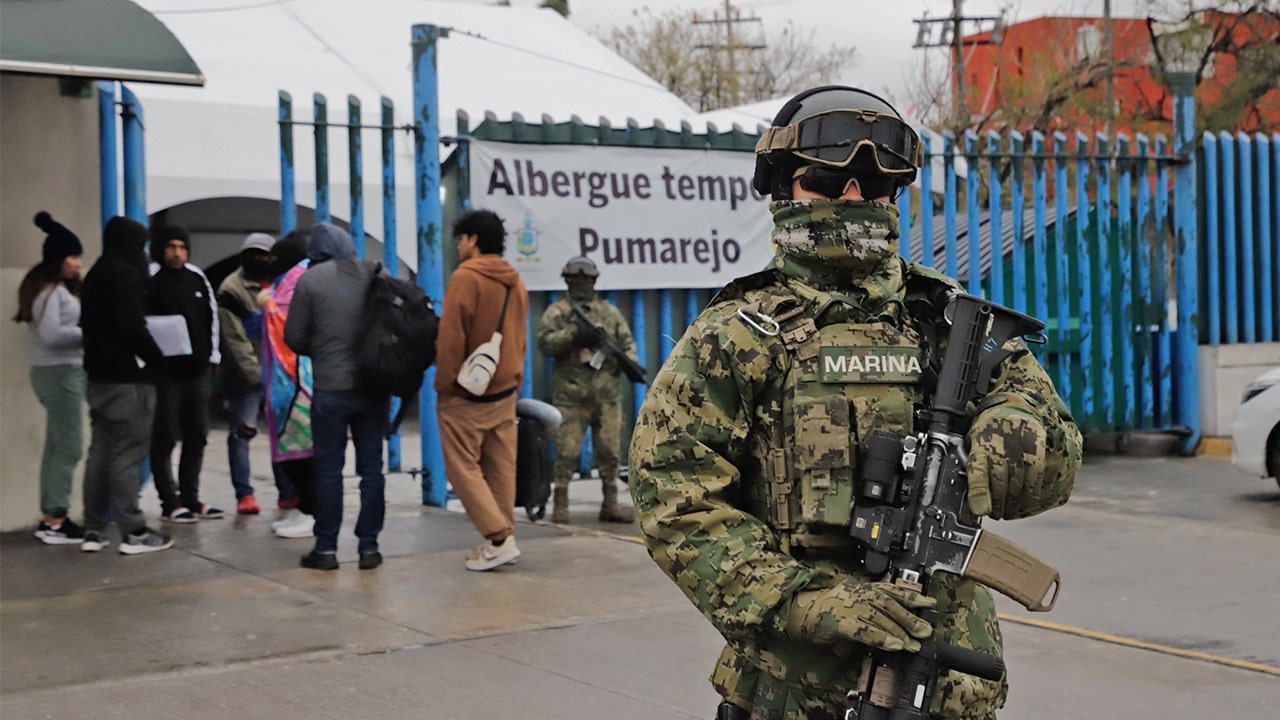BEIJING - China’s government on Feb 2 denounced the Trump administration’s imposition of a long-threatened 10 per cent tariff on Chinese imports while leaving the door open for talks with the US that could avoid a deepening conflict.
Beijing will challenge President Donald Trump’s tariff at the World Trade Organisation (WTO) - a symbolic gesture - and take unspecified “countermeasures” in response to the levy, which takes effect on Feb 4, China’s finance and commerce ministries said.
That response stopped short of the immediate escalation that had marked China’s trade showdown with Mr Trump in his first term as president and repeated the more measured language Beijing has used in recent weeks.
Mr Trump on Feb 1 ordered 25 per cent tariffs on Canadian and Mexican imports and 10 per cent on goods from China, saying Beijing needed to stanch the flow of fentanyl, a deadly opioid, into the US.
China’s toned-down response marked a contrast with the direct retaliation and heated language from Canada, a long-time US ally, and Mexico, the top destination for US exports.
China’s commerce ministry said in a statement that Mr Trump’s move “seriously violates” international trade rules, urging the US to “engage in frank dialogue and strengthen cooperation”.
Filing a lawsuit with the WTO could allow Beijing a win in messaging by standing up for the rules-based trading system long advocated by US administrations of both parties. Beijing has taken the same step in a challenge to tariffs of up to 45 per cent on Chinese-made electric vehicles by the European Union.
At the same time, a WTO appeal poses no immediate cost or threat to Washington.
The WTO’s dispute settlement system has been effectively shut down since 2019 when Mr Trump blocked appointments of judges to handle appeals. Since President Barack Obama, the US has charged that the WTO appeals body had overstepped its authority.
For weeks Chinese foreign ministry spokesperson Mao Ning has said Beijing believes there is no winner in a trade war.
Chinese officials have also been encouraged by signs Mr Trump could be seeking a more nuanced relationship with China since a conversation he had with Chinese leader Xi Jinping in January.
Both Republicans and Democrats have come to view China as the biggest foreign policy and economic challenge to the US.
China’s massive trade surplus - almost US$1 trillion (S$1.36 trillion) last year - is a vulnerability for Beijing. China’s exports in key industries, including autos, have been growing faster in volume than value, suggesting manufacturers are discounting to try to win overseas sales when demand at home has been sputtering.
For that reason, analysts have expected China to try to strike a deal early with Mr Trump to soften the blow from trade action by the US.
China has also been preparing for the long-expected Trump move on tariffs for months by deepening ties with allies, pushing for some self-reliance in key areas of technology and setting aside funds to prop up a vulnerable economy.
China’s economy, the world’s second-largest, hit its official growth target of 5 per cent last year, even as many complained of declining job prospects and worsening living standards.
China’s sharpest pushback on Feb 2 was over fentanyl, an area where the Biden administration had also been urging Beijing to crack down on shipments of the China-made precursor chemicals needed to manufacture the drug.
“Fentanyl is America’s problem,” China’s foreign ministry said. “The Chinese side has carried out extensive anti-narcotics cooperation with the US and achieved remarkable results.” REUTERS
Join ST's Telegram channel and get the latest breaking news delivered to you.

 By The Straits Times | Created at 2025-02-02 09:24:13 | Updated at 2025-02-02 11:47:58
2 hours ago
By The Straits Times | Created at 2025-02-02 09:24:13 | Updated at 2025-02-02 11:47:58
2 hours ago








